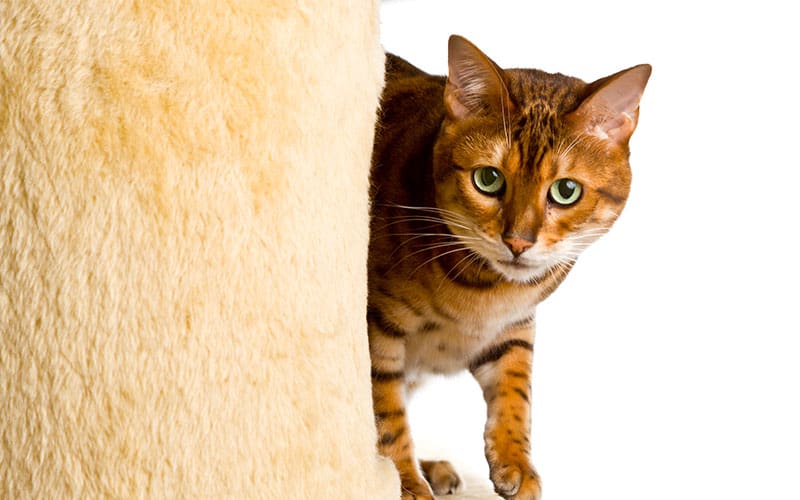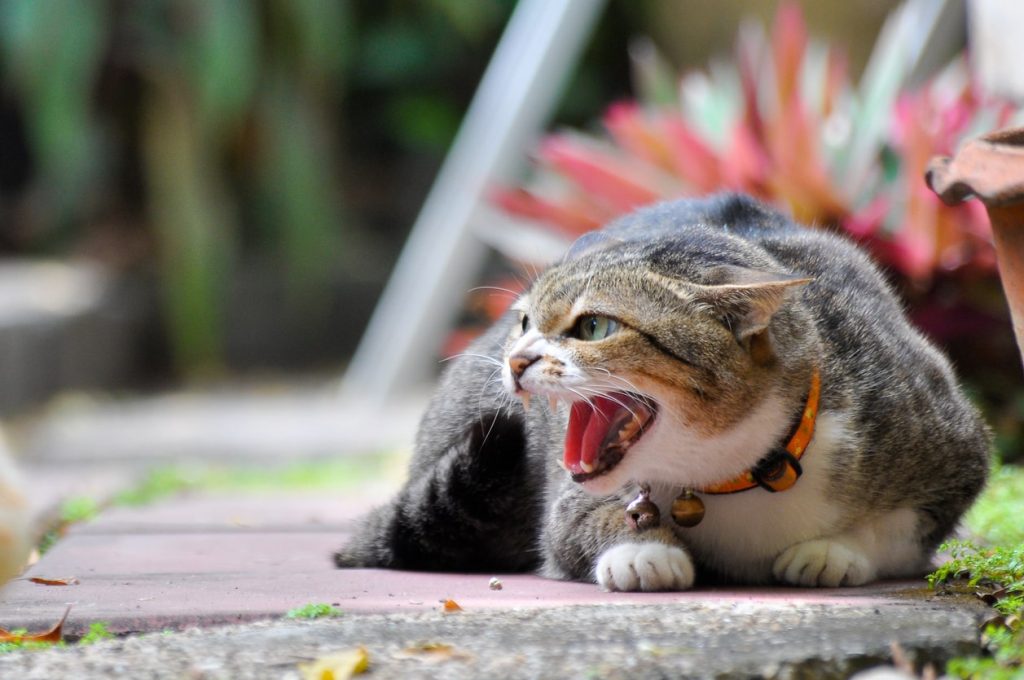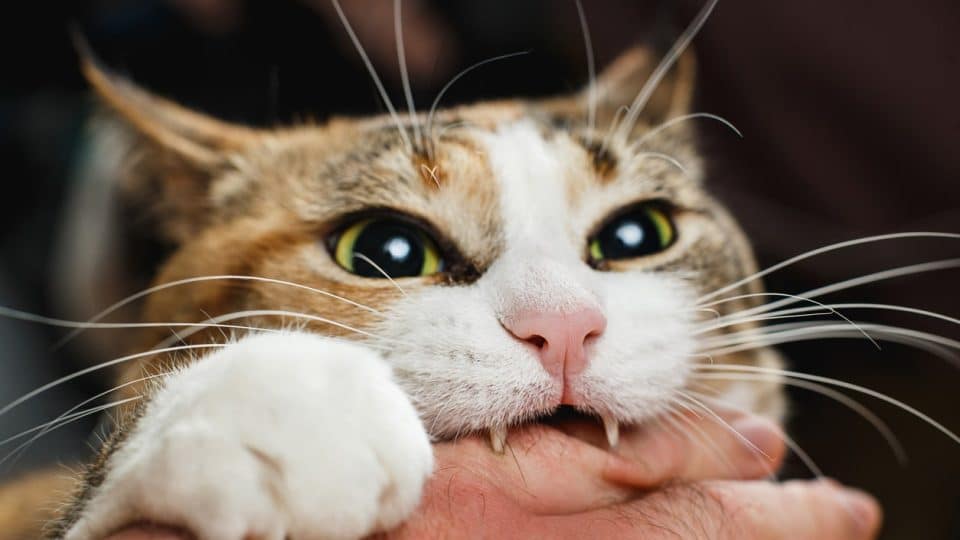Cats are beloved pets known for their playful antics and affectionate nature. However, there are times when even the most docile cat might suddenly become aggressive, leaving owners puzzled and concerned. Understanding the reasons behind this behavior is crucial for ensuring a harmonious relationship with your feline friend.

The Nature of Cats: Independent Yet Affectionate 🐱
Cats are naturally independent creatures. Unlike dogs, who thrive on constant companionship and approval, cats value their personal space and autonomy. This independence can sometimes lead to misunderstandings between cats and their owners.
Common Reasons for Cat Attacks
- 1Overstimulation: One of the most common reasons cats attack is overstimulation. Petting-induced aggression can occur when a cat becomes overly stimulated by continuous petting, leading to a sudden bite or scratch. Signs of overstimulation include twitching tail, flattened ears, and restlessness.
- Fear and Anxiety: Cats are sensitive to their environment and changes within it. Loud noises, unfamiliar visitors, or a new pet can cause fear and anxiety, leading to defensive aggression. Recognizing these triggers and providing a calm, safe space for your cat can help mitigate this behavior.

- Redirected Aggression: This occurs when a cat is unable to reach a target of their aggression, such as another animal outside the window, and redirects that aggression toward their owner. It’s essential to identify the source of your cat’s frustration and address it directly.
- Pain or Illness: A cat in pain or discomfort may lash out when touched in a sensitive area. Regular veterinary check-ups are crucial to rule out any underlying health issues that might cause sudden aggression.
- Territorial Behavior: Cats are territorial animals, and they may become aggressive if they feel their territory is being threatened. This can happen when a new pet is introduced or when their environment changes.
How to Prevent Cat Attacks
- Understand Body Language: Learning to read your cat’s body language can help you avoid situations that might lead to aggression. Pay attention to signs of discomfort or agitation and give your cat space when needed.
- Provide Enrichment: Ensuring your cat has plenty of toys, scratching posts, and climbing structures can help reduce boredom and frustration. Interactive playtime can also help burn off excess energy and strengthen your bond.
- Create a Safe Environment: Make sure your home has plenty of safe spaces where your cat can retreat and feel secure. This is especially important in multi-pet households or during times of change.

- Positive Reinforcement: Use positive reinforcement techniques to encourage desirable behavior. Reward your cat with treats, praise, and affection when they display calm and friendly behavior.
- Seek Professional Help: If your cat’s aggression is severe or persistent, consider consulting a veterinarian or a feline behaviorist. They can provide tailored advice and strategies to manage and reduce aggressive behavior.
Conclusion
Understanding why pet cats sometimes attack their owners is the first step toward preventing such incidents and ensuring a peaceful coexistence. By recognizing the signs of overstimulation, fear, redirected aggression, pain, and territorial behavior, you can take proactive measures to address these issues. Remember, patience and understanding are key when dealing with feline aggression. By providing a safe, enriching environment and using positive reinforcement, you can build a stronger, more trusting relationship with your cat.
